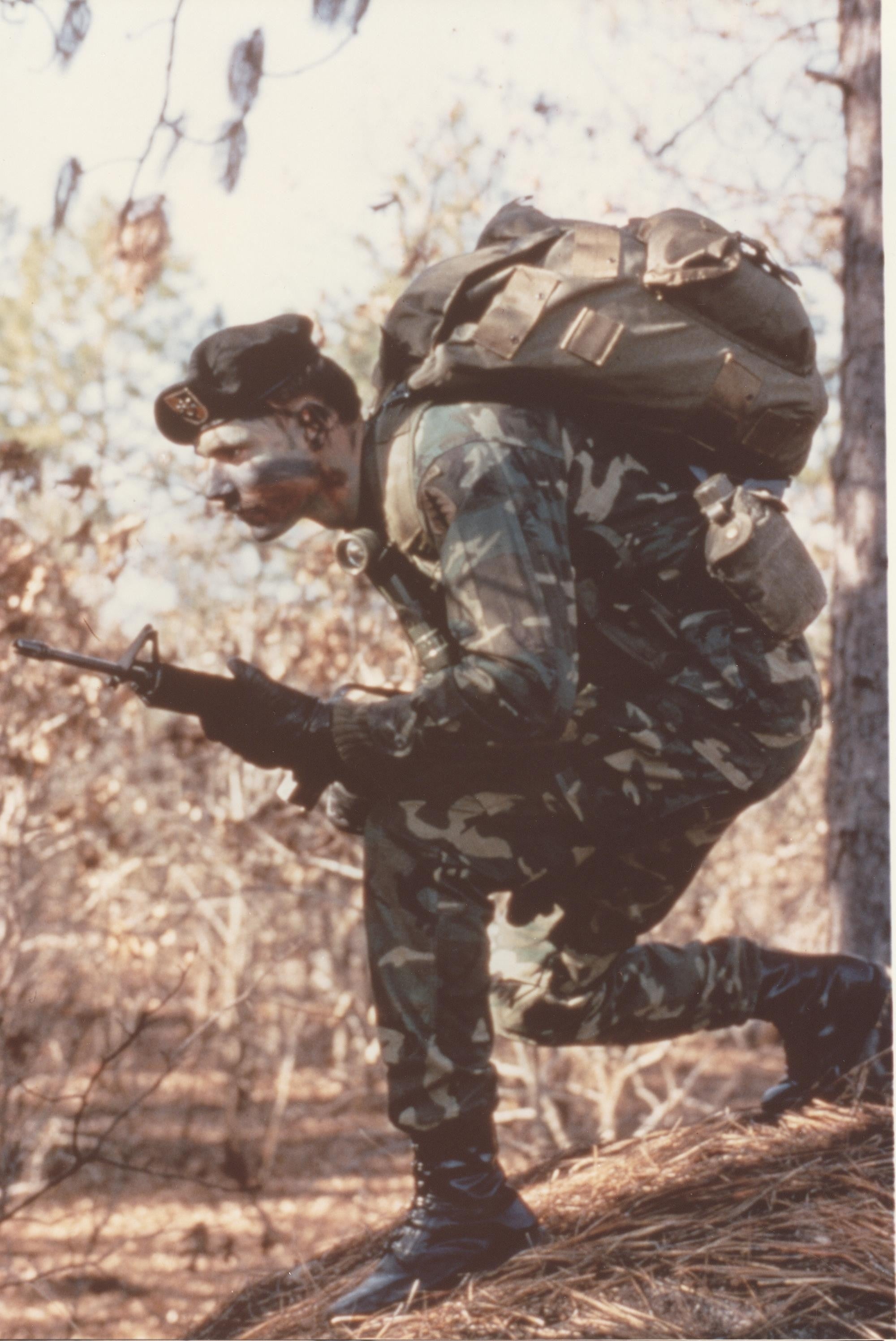The history of Field Jackets
The history of Field Jackets
The history of field jackets is characterised by 4 different kinds of combat jackets originating from American models. Each of those represents the evolution of the previous model in a new garment for both its tailoring and utility. In fact, field jackets were designed to facilitate the transport of ammunition to soldiers and to be comfortable even with internal padding. Subsequently, they became a fashionable garment which is still contributing to the history of Vintage.
Field Jacket M41
The Field Jacket M41 was adopted during the Second World War as a substitute of the 4-pocket wool jacket supplied during the First World War.
The latter had big flaws that were to be solved no sooner than 1940, when general James K. Parsons suggested adopting a civil jacket but with a more durable, wind and water-resistant material. Another advantage of Field Jackets was that they could be worn over any uniform, be it wintry or summery. That’s how the first Field Jackets were born, and that model was copied and adapted for the US Navy as well.
This model featured an outer part made of olive-green cotton, while the inside was made of flannel, to protect against low temperatures. It was tied with a zipper and/or buttons hidden by a flap, the buttons on the collar allowedto close the neck zone, while those on the wrists adjusted the width of the cuffs. Buttons were also on the shoulders and there was a double oblique open pocketon the front, not very useful to carry objects.
In 1941, during the Second World War, this kind of jackets had begun to be a symbol and were in many sceneries. During the first years of war, the flaws surfaced; cotton wasn’t suitable for low temperatures and it discolouredvery easily, becoming beige. Camouflage was thus spoilt and the soldiers had to use the jacket inside-out, in order to be able to put the darker wool on the inside to good use.
Field Jacket M43
The Field Jacket M43 U.S. Army substituted the M41. The latter had numerous problems, such as impractical closing points, which led to it tearing easily on the battlefield. As a consequence, soldiers began to seek the clothing of parachutists and oil tanker men, as they were more comfortable and practical. This model of jacket gave life to a change in uniforms that were readapted to military units. An example is the Eisenhower, a short jacket made with wool resistant to bad weather conditions and very practical thanks to its two pockets on the chest.

With the adoption of the Field Jacket M43 U.S. Army the change in design and functionality was evident. Its reaching the middle of the thigh permitted a better thermal insulation, the zipper had been removed and the buttons stayed, while the colour changed to a darker shade of green. A buttoned chinstrap to protect the neck zone and a retractable hood were added, but the real revolution was the addition of4 pockets: 2 chest pockets and 2 on the midsection, to carry ammunition and various objects.
Field Jacket M51
The Field Jacket US Army M51 is the evolution of the Field Jacket US Army M50, differently from M43 it had internal buttons accommodating the addition ofa Pile In-liner padding, so as to have a practical jacket for all seasons. The chinstrap was removed though, because it had to be perceived as both a battlefield garment and a suit. The passage to the M51 was due to necessity to face the Korean War, (even though its production was to go on until the seventies), as the M50 wasn’t suitable for survival.

The Field Jacket US Army M51 was more comfortable and innovative than the M43, as a matter of fact it paved the way to the last model, the Field Jacket US Army M65. The first innovations were the pressure buttons and the zipper, which made it much easier to close it. There were buttoned cuffs, a pointed collarand a hood strapped to the hood through buttons. The soldiers appreciated these jackets for their colour, OG 107 (olive green), which was also used for the omonimous jackets.
Field Jacket M65
The Field Jacket M65 was designed and produced by Alpha Industries, which had a pivotal role in the improvement of jackets for the War in Vietnam, and it’s thanks to the war that this jacket gained popularity. In fact, not only was it a combat jacket, the M65 was a symbol of antimilitarism in the seventies, when wearing this jacket meant to support the soldiers sent to Vietnam. Alpha Industries had to create two more societies to meet the demand for this jacket.

Contrarily to the M50, the M65 was particularly apt for the battlefield. There were few but significant changes: the new fit allowed it to have warmer wear on, which gave more freedom to the soldier. The hood wasn’t removable anymore, it was concealed in aneck pocket with a zipper. There was velcro in both the cuffs and the chinstrap. Buttons on the inside and the hood made it possible to insert a winter lining.



















